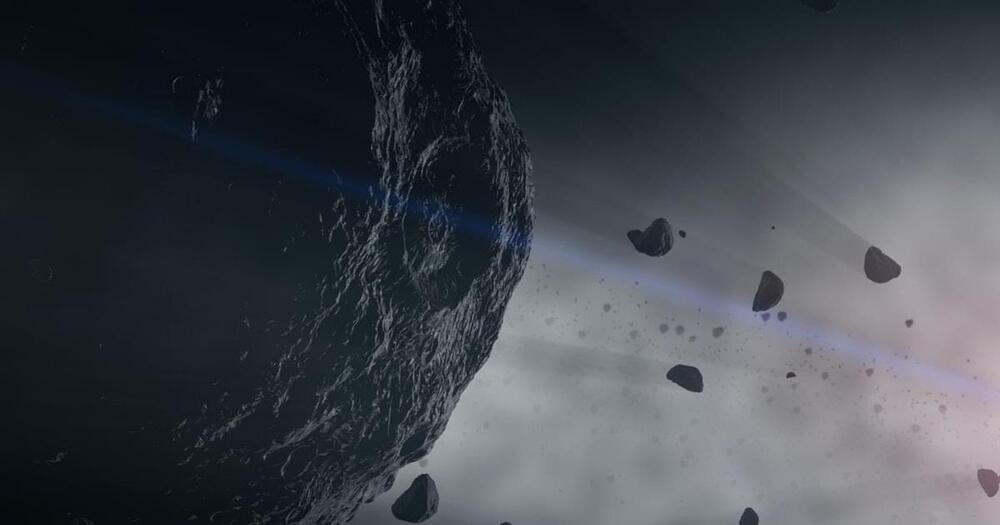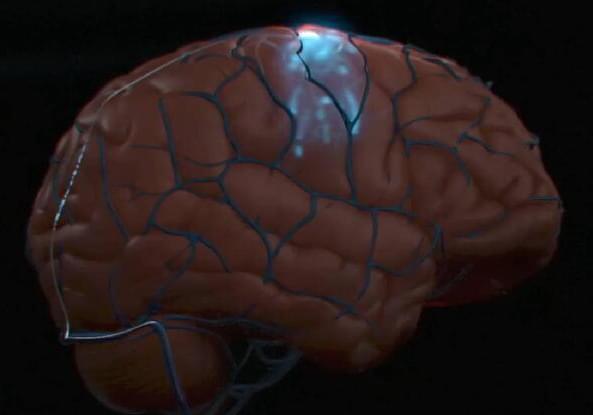With new tools like the James Webb Space Telescope, we’re discovering more exoplanets than ever and even peering into their atmospheres. Now, NASA is asking for the public’s help in learning more about some of the exoplanets that have already been detected in a citizen science program called Exoplanet Watch.
“With Exoplanet Watch you can learn how to observe exoplanets and do data analysis using software that actual NASA scientists use,” said Rob Zellem, the creator of Exoplanet Watch and an astrophysicist at NASA’s Jet Propulsion Laboratory, in a statement. “We’re excited to show more people how exoplanet science is really done.”
The Exoplanet Watch project has two parts, one involving observing for those who have access to a telescope, and one involving identifying exoplanets in existing data. Even if you don’t have access to equipment other than a computer or smartphone, you can still help in learning about exoplanets by requesting access to data collected by robotic telescopes and assisting with data analysis. That’s needed because observing exoplanets passing in front of their host stars — in events called transits — is only half of the challenge of finding a new planet. These transits result in dips in the star’s brightness, but these dips are very small at typically less than 1% of the star’s brightness.








